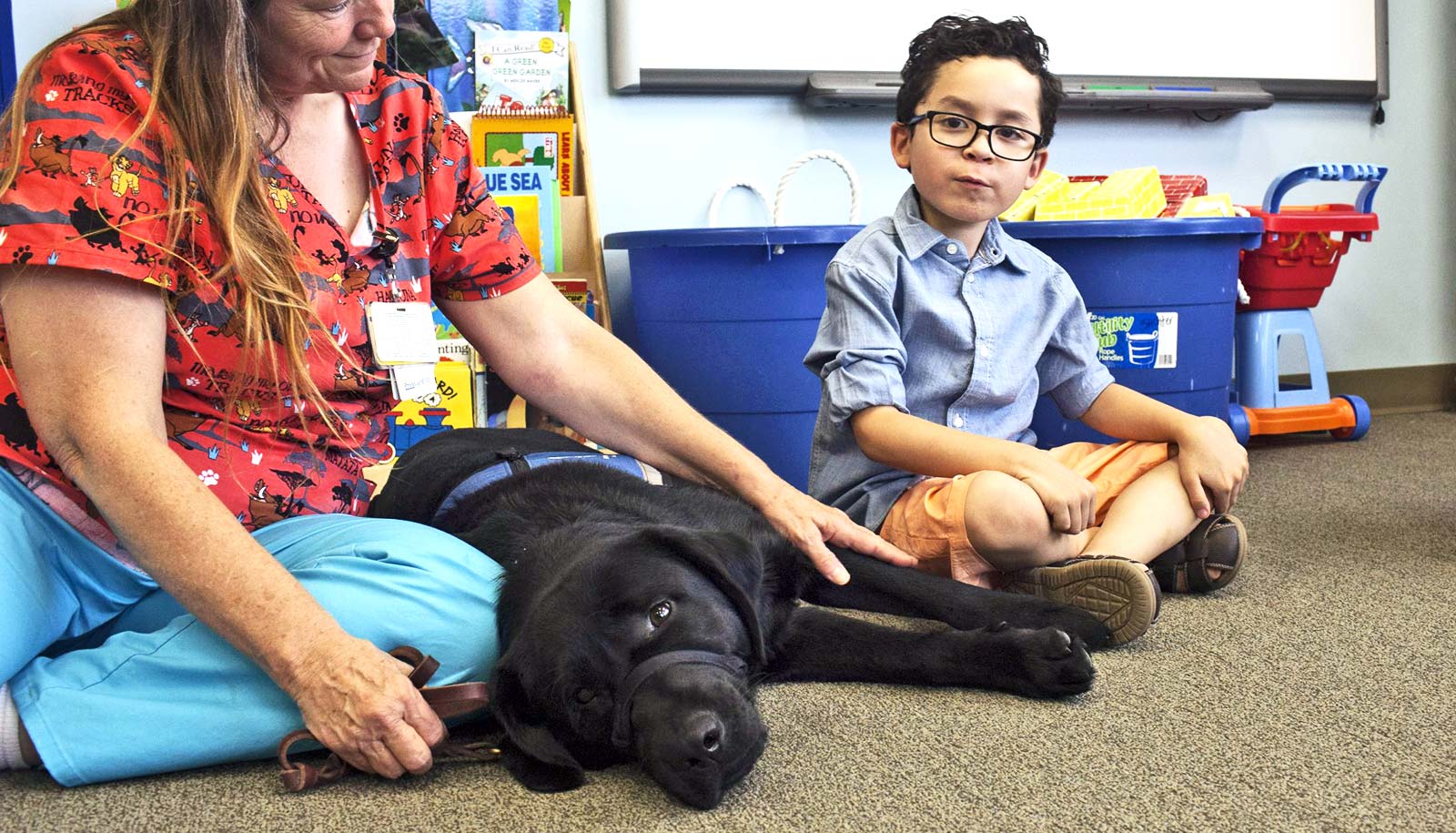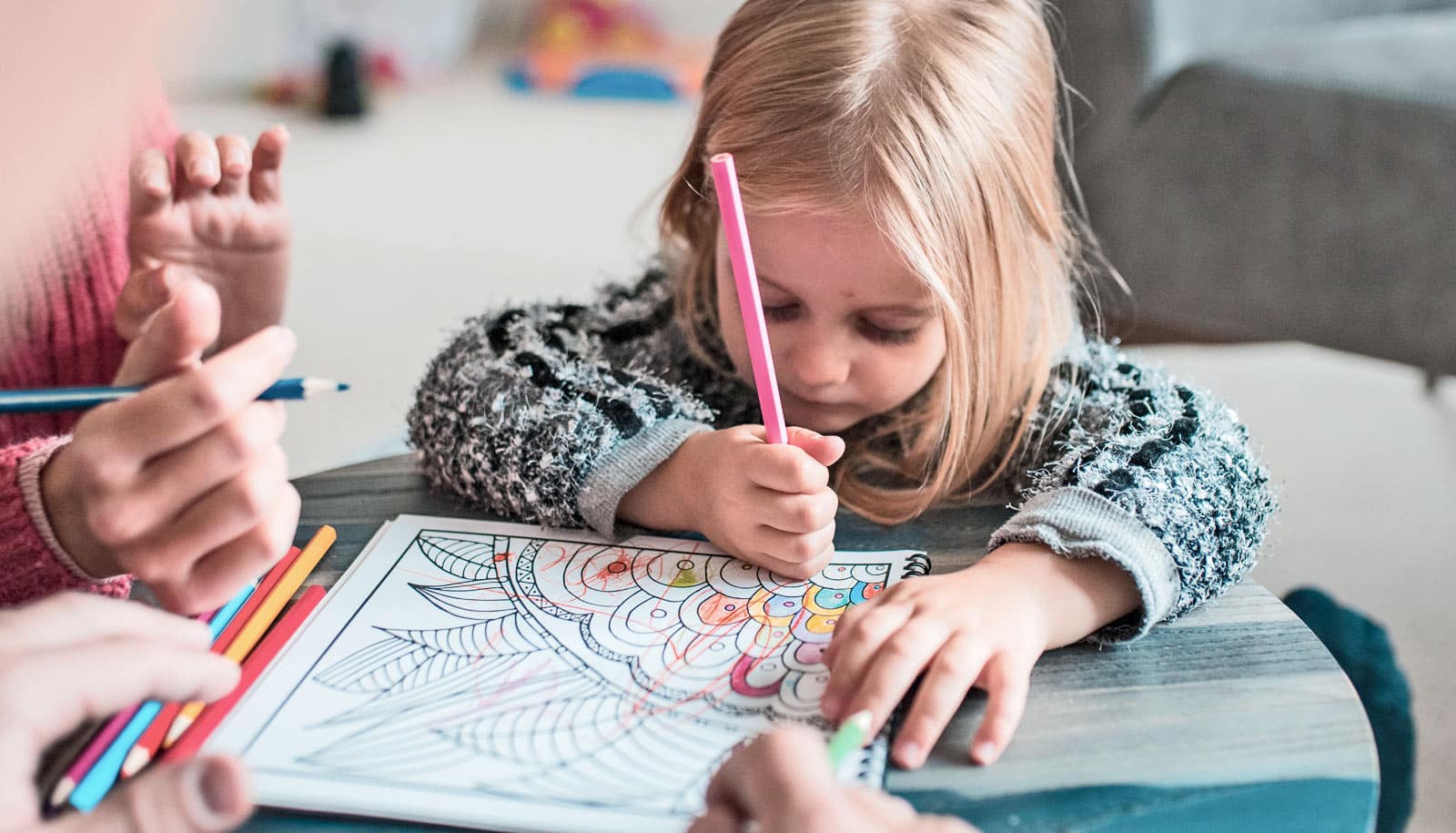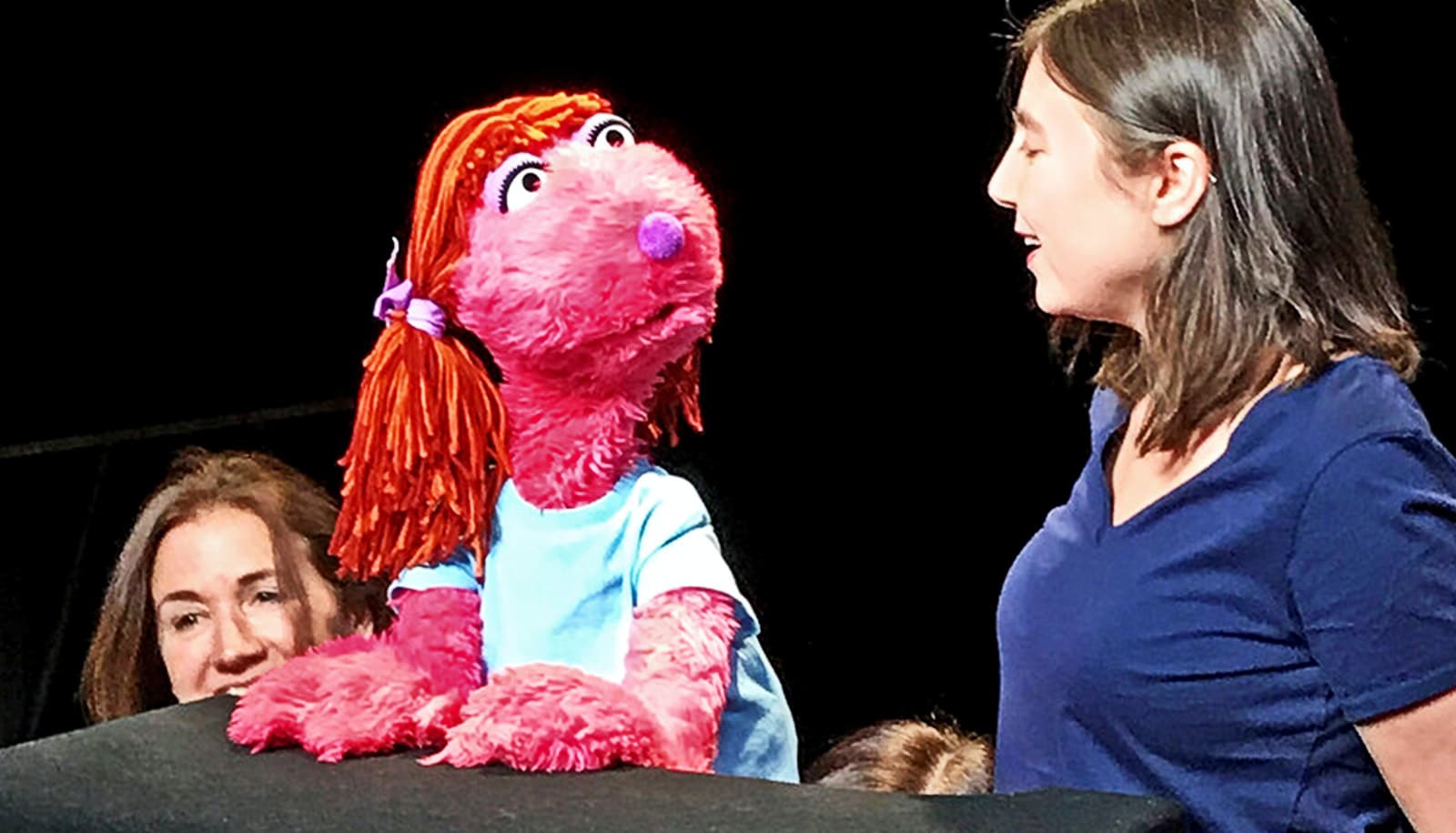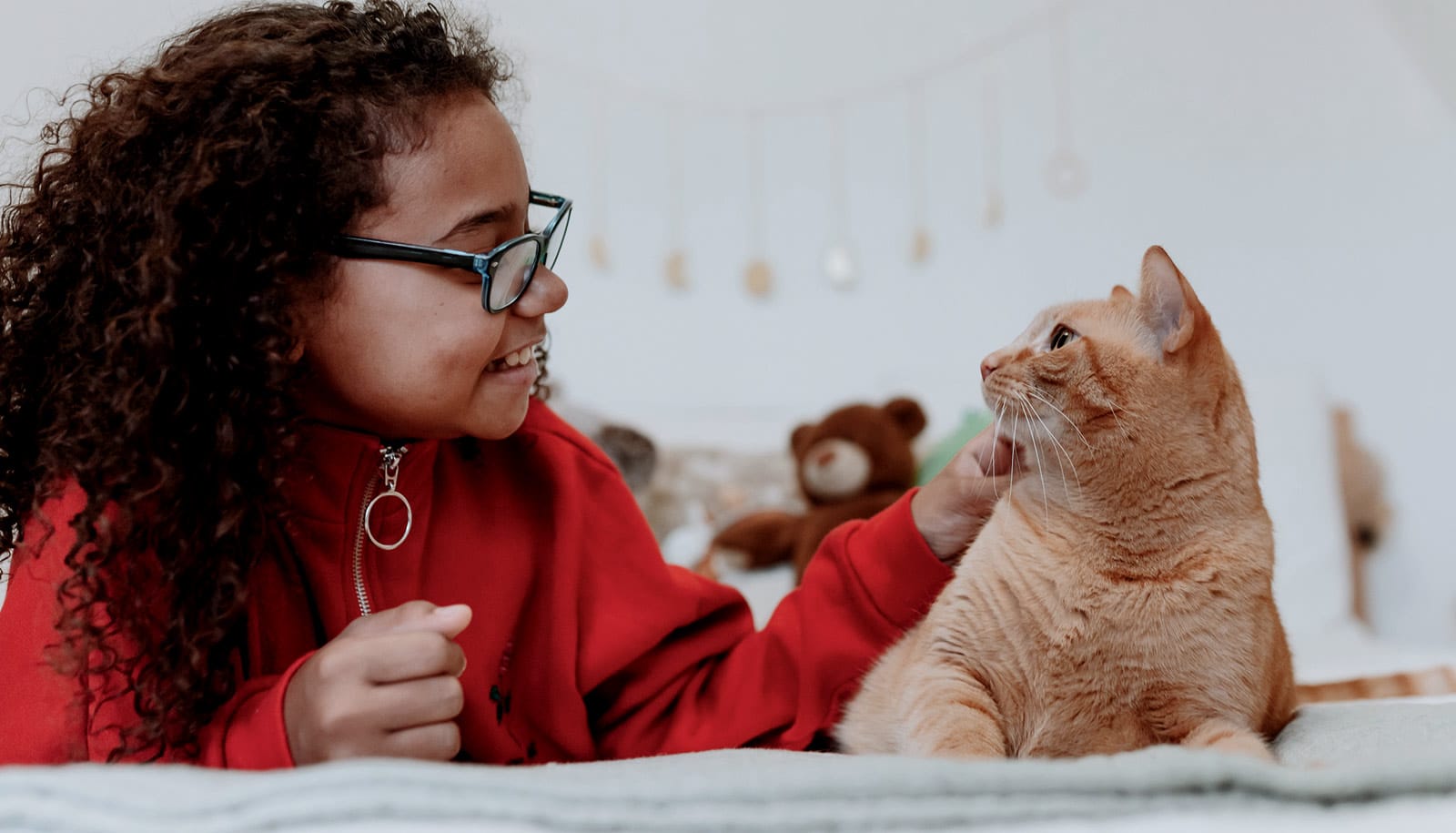For some children with autism spectrum disorder, therapy dogs can help relieve stress and motivate them to complete tasks, but they are not preferred by all children with autism.
Children with autism may struggle with anxiety or have difficulty communicating in certain social situations. To help alleviate those struggles, researchers have studied various interventions, including therapy dogs.
The findings of the new study, published in Behavior Analysis in Practice, highlight the importance of first identifying the preferences of individual children before investing heavily in an intervention, such as a therapy dog, that might not be in a child’s best interest.
Emma Keicher, an applied behavior analyst at the University of Missouri Thompson Center for Autism and Neurodevelopment, collaborated with former faculty member and primary investigator Casey Clay, to see if children with autism preferred to interact with Rhett, a black Labrador retriever who served as the Thompson Center’s facility therapy dog.
For the study, researchers told boys with autism between the ages of four and nine that if they completed certain tasks, their reward would be a choice to play with Rhett or some other form of entertainment, such as playing with various toys.
After completing the tasks, some boys enjoyed interacting with Rhett far more than playing with the toys, while some were indifferent toward the dog and mainly played with the toys, and others did not want to interact with the dog at all.
“People often assume that dogs are positive reinforcers for kids with autism, and while that may be true for some kids, the research shows that not all kids with autism spectrum disorder respond favorably to dogs,” Keicher says.
While the children in the study were familiar with the tasks they were asked to perform, the research shows that identifying what motivates a child with autism—whether it’s time to play with a therapy dog or a favorite toy—can be used as a reward to motivate that same child to practice new skills, such as communicating effectively in social situations.
“We like to say in the autism research community that if you have met one child with autism, you have really just met one child with autism, and it is important not to paint with a broad brush and assume that all kids with autism will respond favorably or unfavorably to the same stimuli,” says Clay, who now works as the director of the Behavior Program at the Thompson Autism Center in Orange County, California.
“The key takeaway from this study is to tailor interventions according to the specific individual, because the autism spectrum is incredibly broad, and applied behavior analysis, or ABA, is the best evidence-based approach to do this.”
Source: University of Missouri



